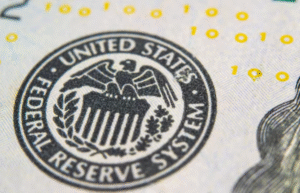#AsianCurrencies #InflationData #InterestRates #EconomicIndicators #MarketTrends #USInflation #MonetaryPolicy #GlobalEconomies
On Wednesday, the Asian currency market exhibited signs of pressure as most currencies dipped against the backdrop of recent economic developments in the United States. The trigger behind this movement was the release of hotter-than-expected inflation data from the U.S., stirring anxieties about the potential delays in anticipated interest rate cuts. This update from the United States is critical as it not only affects the domestic economy but also has far-reaching implications for global financial markets, particularly for emerging economies in Asia. The inflation data suggests that consumer prices are rising at a pace that could compel the Federal Reserve to adopt a more cautious approach towards lowering interest rates, a scenario that often results in heightened market volatility and can affect currency valuations across the globe.
Despite the tremors felt in the currency market, the stock markets in some parts of Asia appeared to be insulated from the concerns that rattled their currency counterparts. Notably, stock markets in Jakarta and Taipei didn’t just hold steady amidst the unfolding economic narrative; they soared to record highs. This divergence between the currency and stock markets underscores the complex interplay of factors that drive market movements. While currencies responded to the immediate implications of the U.S. inflation data, equities in these regions were buoyed by other factors, possibly including domestic economic optimism, foreign investment inflows, or sector-specific growth prospects. The resilience and bullish trends in these stock markets amid the currency dips highlight the multifaceted nature of financial markets, where different asset classes can respond differently to the same macroeconomic indicators.
The recent developments serve as a reminder of the intricate connections between global economies and the ripple effects that policy decisions and economic indicators in one country can have on others. For Asian economies, the U.S. inflation data and its implications for interest rate policies are a critical factor to watch, as they navigate their own economic recovery paths in a post-pandemic world. Central banks in Asia will likely closely monitor the situation, balancing the need to stimulate their economies with measures such as rate cuts against the potential fallout from global inflationary pressures and currency volatility. The scenario unfolding presents a complex challenge for policymakers, who must calibrate their strategies in response to both domestic economic needs and the turbulent waves of the global financial system. As investors and market observers continue to digest the implications of the U.S. inflation data, the coming days and weeks will be crucial in shaping the economic outlook not just for Asia, but for the global economy at large.






Comments are closed.